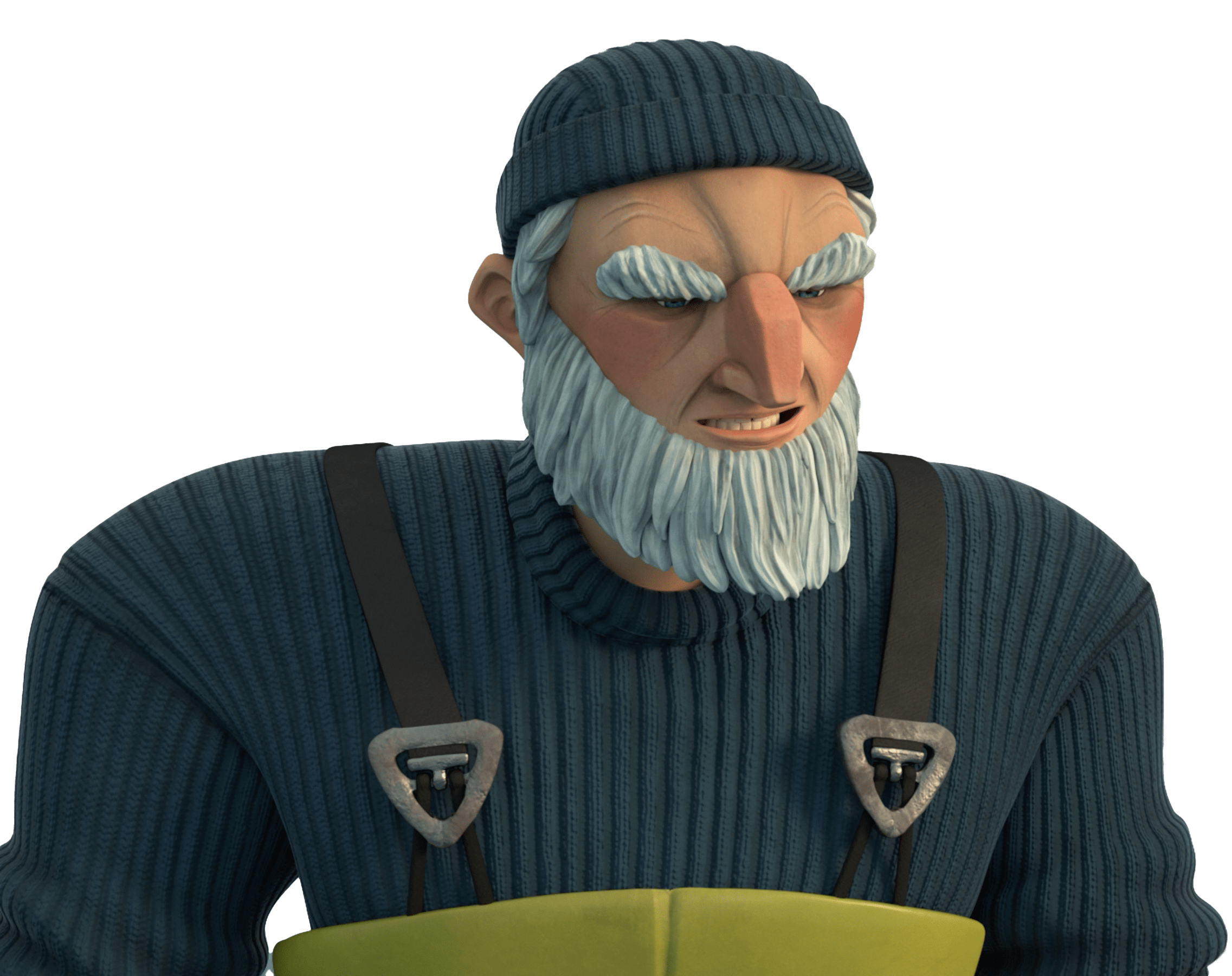Production
After finishing the last feedback work on the animatic, Kerstin started to set the cameras in Autodesk Maya. Then, the sculpting and modelling process started. Kerstin sculpted the model of the main character Manolin in zBrush with great detail. Lisa did the same with the fish. Afterwards, they did the re-topography in Autodesk Maya. Lukas modelled the boat of Manolin in 3dsMax.
To give the model its texture Lisa used Substance Painter – and in some cases Substance Designer. With Substance, Lisa was able to paint directly on the model. Afterwards, the exporting texture maps build the foundation of a complex shading network in Autodesk Maya.
For the animation, the filmmakers used Autodesk Maya. Lukas prepares the water animation for the stormy shots first. As an extern help, Markus Hadinger made all the rigs needed. Then Kerstin or Lisa animates the characters based on the reference videos the filmmakers made in early 2018. After the animation, Kerstin and Victoria did the lighting of the scenes.






